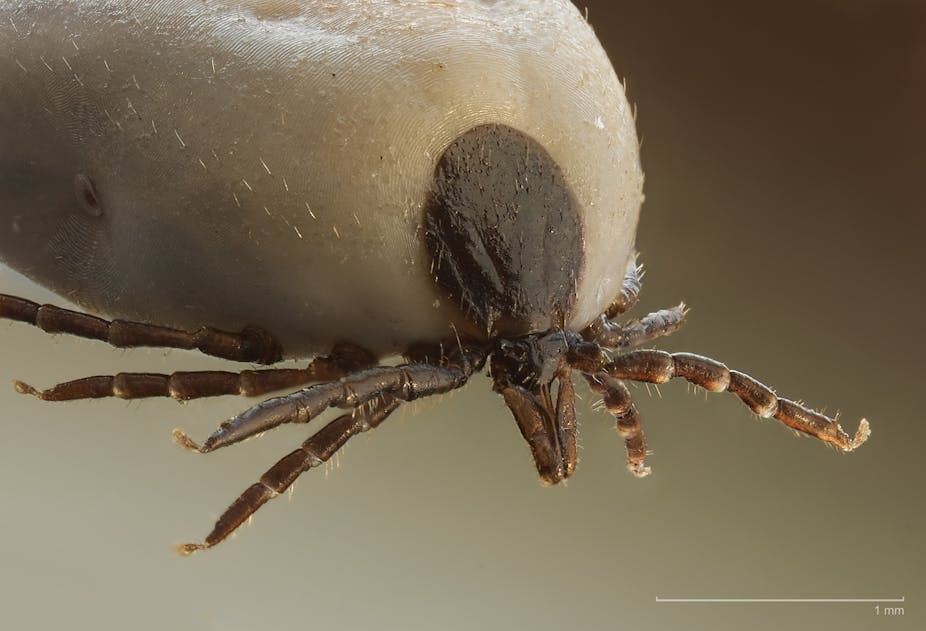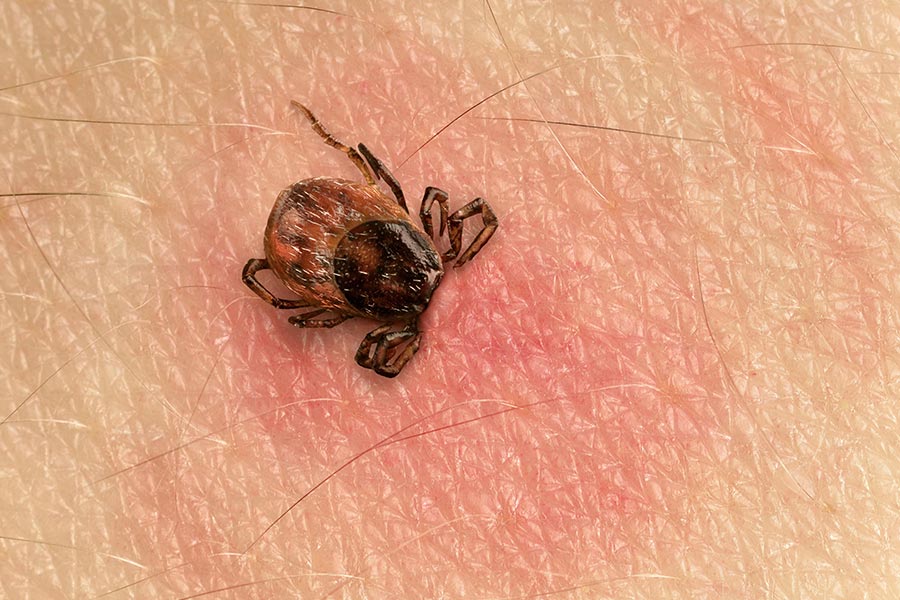Lymecare Alliance: A Comprehensive Guide to Resources and Assistance
Lymecare Alliance: A Comprehensive Guide to Resources and Assistance
Blog Article
Lyme Disease Understanding-- Know the Manifestations and Remain Protected
Lyme condition remains a substantial public health problem, particularly in regions where ticks are prevalent. What certain steps can people take to safeguard themselves against this often-overlooked disease, and exactly how can areas boost their general reaction?
Understanding Lyme Illness
Lyme disease, a widespread tick-borne ailment, is triggered by the microorganism Borrelia burgdorferi. This illness is largely transferred to humans via the bite of contaminated black-legged ticks, typically called deer ticks. The geographical circulation of Lyme condition is largely focused in the northeastern, north-central, and Pacific coastal regions of the United States, although cases have been reported in other locations too.
The life cycle of the tick plays a critical role in the transmission dynamics of Lyme condition. Ticks generally proceed via four life phases: egg, adult, larva, and nymph. The risk of transmission rises throughout the nymph stage, as these ticks are little and usually go undetected by people. Human direct exposure to ticks is specifically elevated in grassy or wooded locations, specifically throughout warmer months when ticks are most active.
Comprehending the ecology of Lyme condition is crucial for effective avoidance techniques. Awareness of tick environments and habits can significantly reduce the probability of bites. Furthermore, public education and learning on correct tick removal techniques and the importance of personal protective steps can aid alleviate the risk of contracting this facility and potentially devastating ailment.
Typical Signs to Acknowledge
Identifying the typical signs and symptoms of Lyme disease is vital for very early medical diagnosis and treatment. The first indication often consists of a particular skin breakout called erythema migrans, which looks like a red round patch with a central clearing, appearing like a "bull's- eye." This rash commonly establishes within 3 to thirty days after a tick bite and can differ in size.
Along with the breakout, people might experience flu-like symptoms, including high temperature, cools, fatigue, muscle aches, and joint discomfort. These symptoms can be deceptive, as they prevail to numerous other diseases. If left without treatment, Lyme illness can proceed to a lot more extreme manifestations, including neurological issues such as meningitis, face palsy, or cognitive problems.
Prompt treatment can stop the progression of the illness and minimize the danger of long-term difficulties. Vigilance is crucial in determining and resolving the signs and symptoms associated with Lyme disease.

Danger Aspects and Transmission
Recognizing the risk factors and modes of transmission related to Lyme illness is important for efficient avoidance. Lyme condition is mainly sent with the bite of contaminated black-legged ticks, typically known as deer ticks. These ticks grow in wooded, verdant, and brushy areas, making exterior activities in such settings a considerable risk aspect for transmission.
People that involve in exterior recreational activities such as camping, hiking, or horticulture are more most likely to encounter these ticks. Furthermore, living in or checking out regions where Lyme illness is endemic, including components of the northeastern, north-central, and Pacific seaside areas of the USA, boosts exposure threat. Specific line of work, such as forestry, landscape design, and agriculture, also present enhanced dangers as a result of extended exterior direct exposure.
In addition, the life cycle of the tick, which requires specific environmental problems, impacts transmission dynamics. Aspects such as climate adjustment, which influences tick populations and environments, can even more worsen risk. Comprehending these elements is essential for individuals to acknowledge their possible exposure and take required preventative measures to decrease their risk of having Lyme condition.
Effective Avoidance Methods
Consistently implementing reliable avoidance techniques is crucial for reducing the risk of Lyme disease. The first line of protection is to stay clear of locations recognized for high tick populations, specifically wooded and grassy settings.

Informing household and buddies concerning these prevention methods fosters area understanding and watchfulness, more reducing the likelihood of Lyme condition transmission. By embracing these measures, individuals can successfully safeguard themselves from the threats linked with Lyme illness.
Relevance of Early Discovery
Early discovery of Lyme condition substantially affects treatment end results and can prevent the progression of the health problem - Lymecare Alliance. The early stages of Lyme disease are typically marked by flu-like signs, consisting of fever, tiredness, and the characteristic erythema migrans rash. Recognizing these indications quickly enables timely treatment, which typically includes a program of prescription antibiotics. When treated early, the majority of people recover completely without long-term problems.
Alternatively, postponed diagnosis can cause extra severe symptoms look at this website of the condition, consisting of cardiac and neurological problems, which can be a lot more testing to deal with and might cause extended health and wellness issues. Late-stage Lyme disease may call for extended antibiotic treatment and can lead to chronic symptoms, considerably impacting lifestyle.
On the whole, boosting recognition around the early indicators of Lyme condition is crucial for efficient administration and prevention of more major health and wellness effects. Early treatment is not just helpful for the private yet additionally vital in lowering the general problem of Lyme illness in the area.
Final Thought
In summary, boosting awareness of Lyme Illness is necessary for promoting very early detection and efficient go now avoidance. Inevitably, a cumulative initiative to remain notified and vigilant versus Lyme Condition can boost community health and decrease the impact of this possibly significant ailment.
Lyme condition continues to be a considerable public health and wellness worry, especially in regions where ticks are common.The life cycle of the tick plays a vital duty in the transmission characteristics of Lyme disease.Recognizing the threat elements and settings of transmission associated with Lyme illness is necessary for efficient prevention. Lyme disease is primarily transmitted with the bite of contaminated black-legged ticks, frequently known as deer ticks. Understanding these redirected here variables is important for people to recognize their possible direct exposure and take essential safety measures to minimize their risk of having Lyme condition.
Report this page